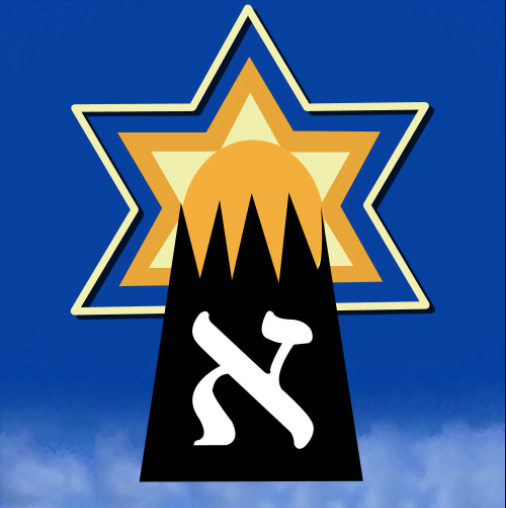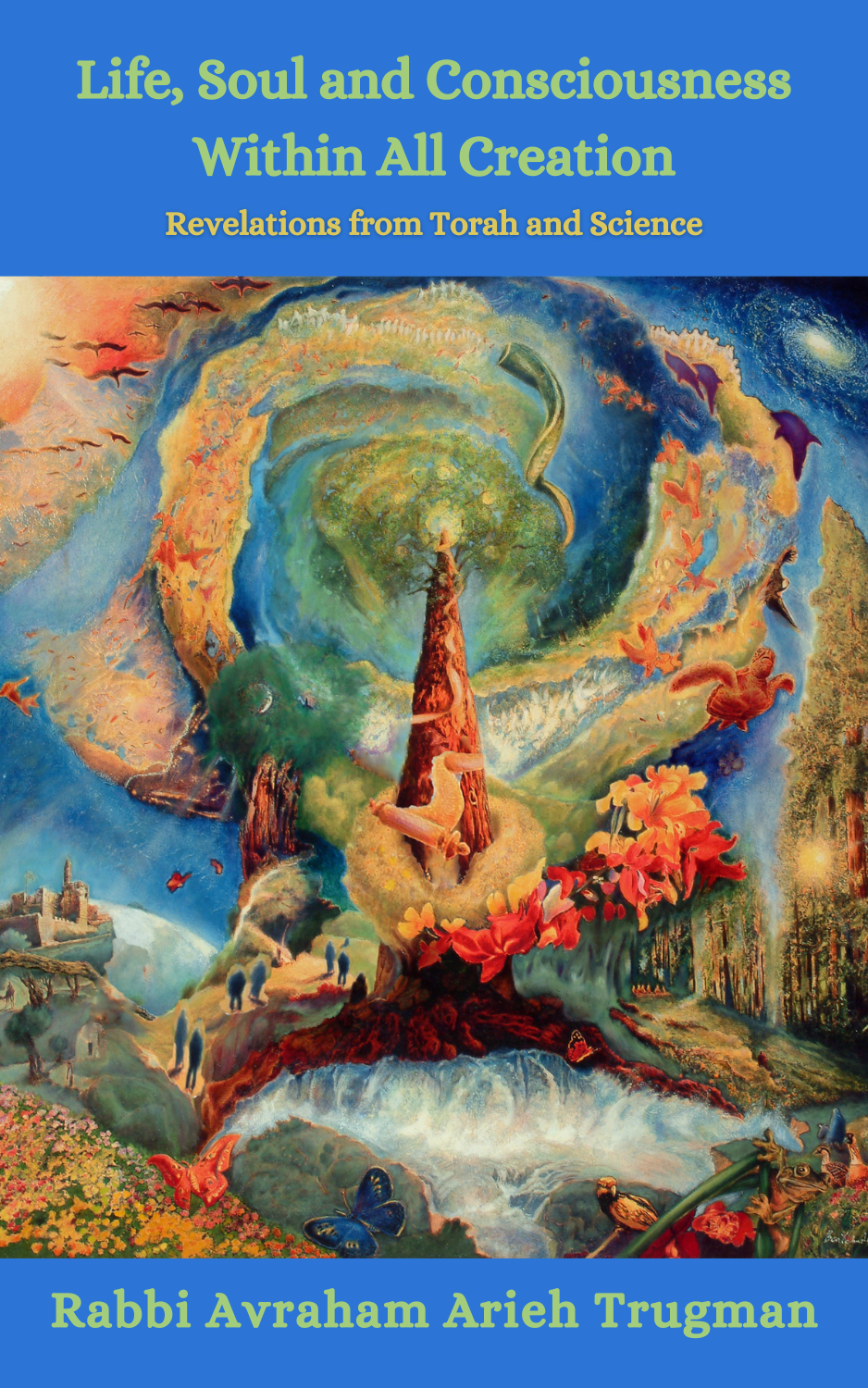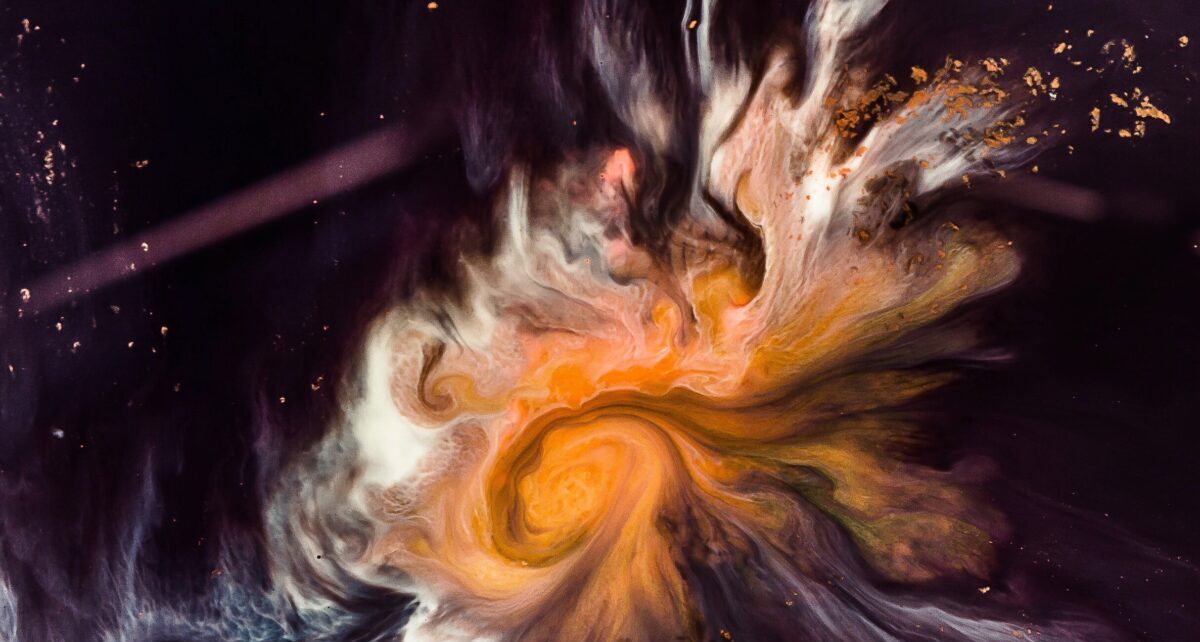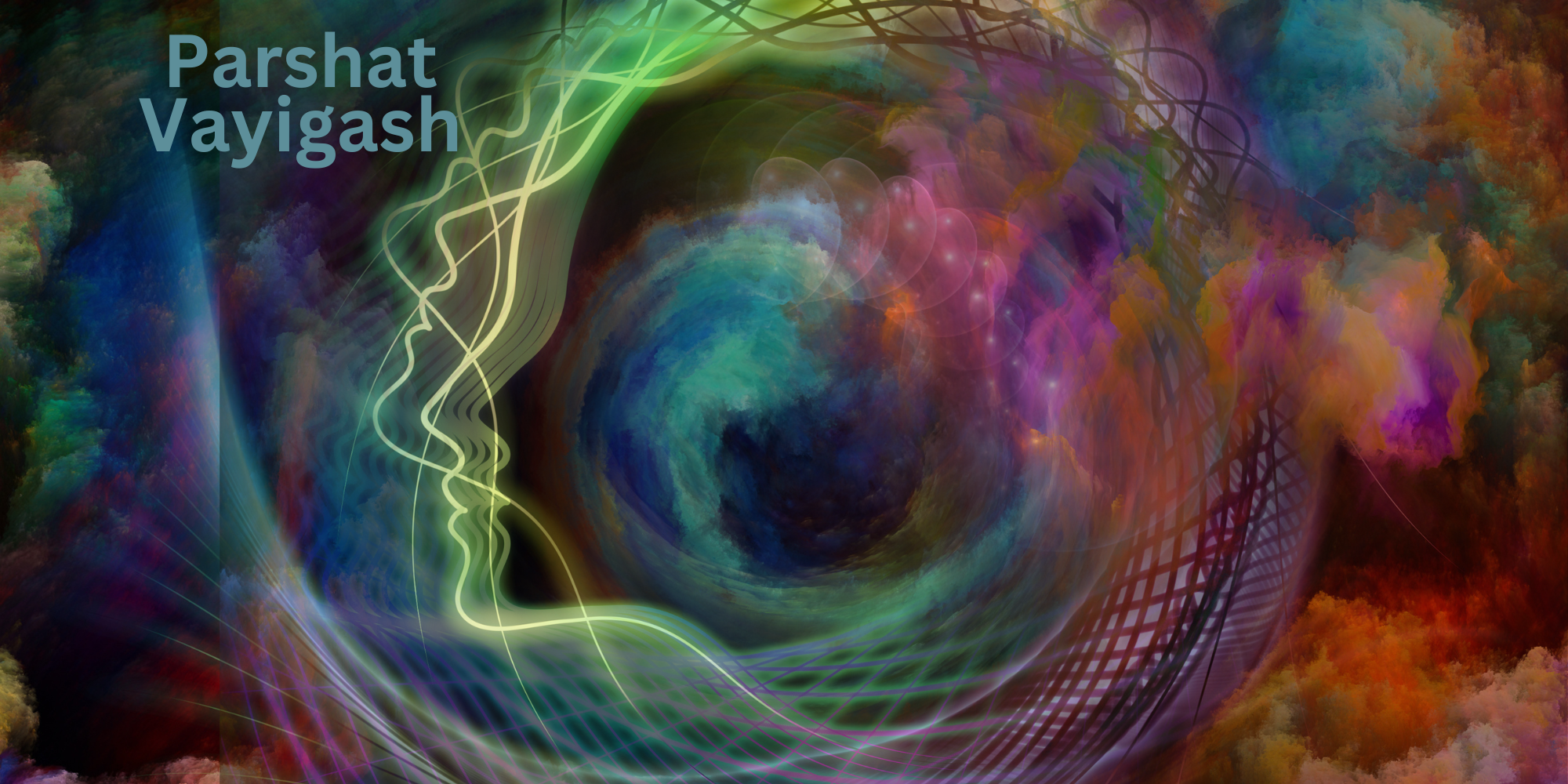Hoshanah Rabbah is the seventh and concluding day of Sukkot. On all other days of Sukkot (except for Shabbat) we make one hakafah, circuit, around the central bimah where the Torah is read, while reciting a series of requests beginning and ending with the word hoshanah, “please save.” On Hoshanah Rabbah, however, we make seven hakafot, thus the name Hoshanah Rabbah, “the day of the great (or many) [requests for God to] “please save.”
Parenthetically, the word hoshanah is a composite of two words: hosha (save) nah (please). The Bnei Yissacher points out that the gematria of nah equals 51 and that, correspondingly, Hoshanah Rabbah is the 51st day from Rosh Chodesh Elul and the beginning of the cycle of teshuvah.
In addition to the added hakafot, we incorporate many of the prayers and especially the nusach, the special tunes, for Rosh Hashanah, Yom Kippur and the first days of Sukkot. In this way, Hoshanah Rabbah revisits and weaves together the themes and experiences of all the prior holidays as they come to their conclusion.
There are so many deep and wonderful teachings about this special day. In this section, we will try to shed light on but a few of them.
As we have discussed, both water and rain are major themes throughout all the holidays of Tishrei, especially Sukkot. Based on the integrative function of Hoshanah Rabbah, which incorporates aspects of all the previous holidays of the season, Chassidut compares it to the process of Isaac re-digging the wells of his father Abraham, which had been stuffed up by the Philistines. It goes without saying that Abraham’s wells were not merely full of actual water, but they metaphorically represented the new teachings about God and the nature of reality he had discovered and shared with the world.
In the act of digging wells, Abraham symbolically delved beneath the surface, seeking more than a superficial view of reality. Such digging enabled him to reveal new levels of understanding and inspiration. Just as excavating a well is accomplished through hard physical labor, so too, spiritual advancement requires assertive action and disciplined work.
After Abraham’s death, Isaac began to re-dig these wells. This symbolizes his determination to continue in his father’s footsteps, ensuring that Abraham’s teachings took firm root in this world. Indeed, without Isaac’s labor, Judaism would have ended before it had really begun. The Philistines filling in of the wells represents the inevitable obstacles and oppositions to holiness that one is sure to encounter on their path.
Indeed, as we read in the Torah, Isaac not only re-dug Abraham’s wells, but also excavated new ones. Some wells he gave the same names his father had, while others he gave new names. Significantly, the last of the wells he named Beer Sheva, “the well of seven,” choosing the same name as Abraham, but for his own reasons. Isaac’s digging of new wells was in a sense the clearest indication that he had chosen to follow in his father’s footsteps, for Abraham was the classic model of an innovator and path forger.
The “well of seven” in this context can certainly be seen as an allusion to the seventh day of Sukkot, Hoshannah Rabba, when we re-dig the wells excavated by those before us, as well as carve out our own new channels to receive and circulate blessings. Thus, Hoshanah Rabbah is a time to re-visit our deepest prayers, hopes and longings of the heart expressed throughout the previous holidays and to dedicate ourselves once again with a firm determination to keep them fresh and present in our mind and heart throughout the year. This concluding day, a veritable “well of seven,” is a time for us to commit to our previous visions and resolutions, as well as to open ourselves up in the moment to uncovering new sources of water and Torah in our lives.
Additionally, various Chassidic masters spoke about the concept of “doing teshuvah on your teshuvah.” The intention of this idea is to emphasize that teshuvah is a never-ending process, especially when one realizes that no matter how close we come to God, no matter how much deeper, wiser or mature we may have become, there is always more to accomplish in the realm of the soul. Similarly, when doing teshuvah for actual misdeeds, intended or not, we can always deepen our awareness of the repercussions and rectifications we can make in these areas as well. Accordingly, once we evolve and elevate our consciousness as a result of our teshuvah process, we often look back on our previous practices and paradigms of understanding and find them lacking from our new and expanded perspective. In this sense, even our teshuvah and good deeds of the past need to be rectified and brought up to our current level of awareness.
Hoshanah Rabbah gives us the opportunity to do just that by tapping back into and re-digging all the “wells” we had dug throughout Elul and the prior holidays of Tishrei. From the exalted view of Hoshannah Rabbah, arrived at after 50 days of purifying prayer and penitence, we can look back and atone for all of our shortcomings expressed throughout this spiritual process. If most teshuvah is about fixing the bad and transforming it into good, Hoshannah Rabbah and the practice of doing teshuvah on our teshuvah is about taking the good in our lives and making it even better. This teaching is in fact one of the main themes of the day – to continue doing further and deeper teshuvah on the teshuva we have just experienced in the preceding month of Elul and the previous holidays of Tishrei.
Finally, the story of how the walls of Jericho came tumbling down on the seventh day after Israel surrounded it provides us with yet one more useful metaphor for understanding Hoshanah Rabbah. For six days Israel made a single circuit around the city, on the seventh day they made seven circuits, blew the shofars and shouted triumphantly, following which the walls of Jericho collapsed. During Sukkot, we follow this exact pattern. For six days we make a single circuit around the synagogue, and then on Hoshana Rabba we make seven circuits while praying fervently for God to save us from all our enemies, both internal and external. Like the seventh day of circling the walls of Jericho, Hoshanah Rabbah provides us with a final opportunity to break down any last walls between us and God, between us and others, and between us and the highest potential of who we can be.







